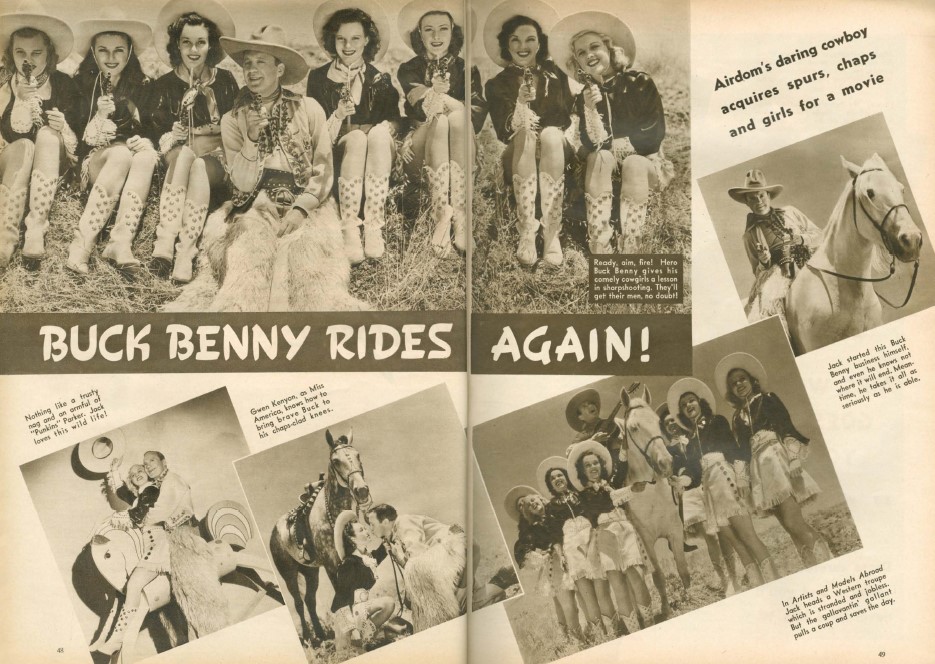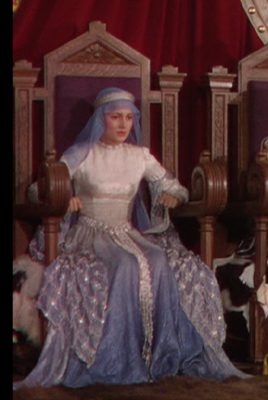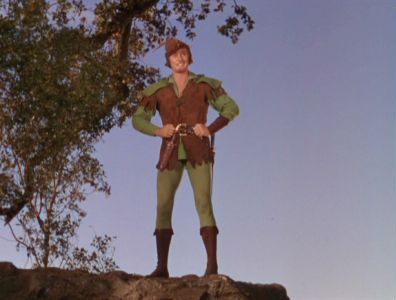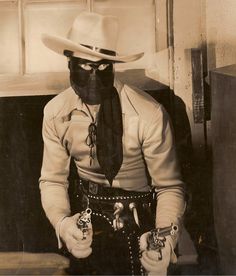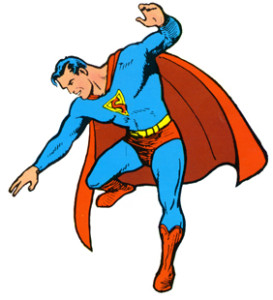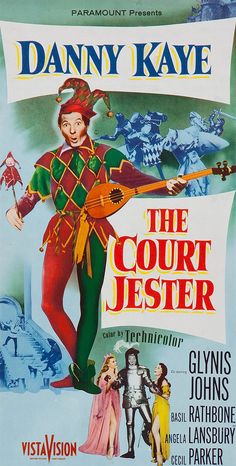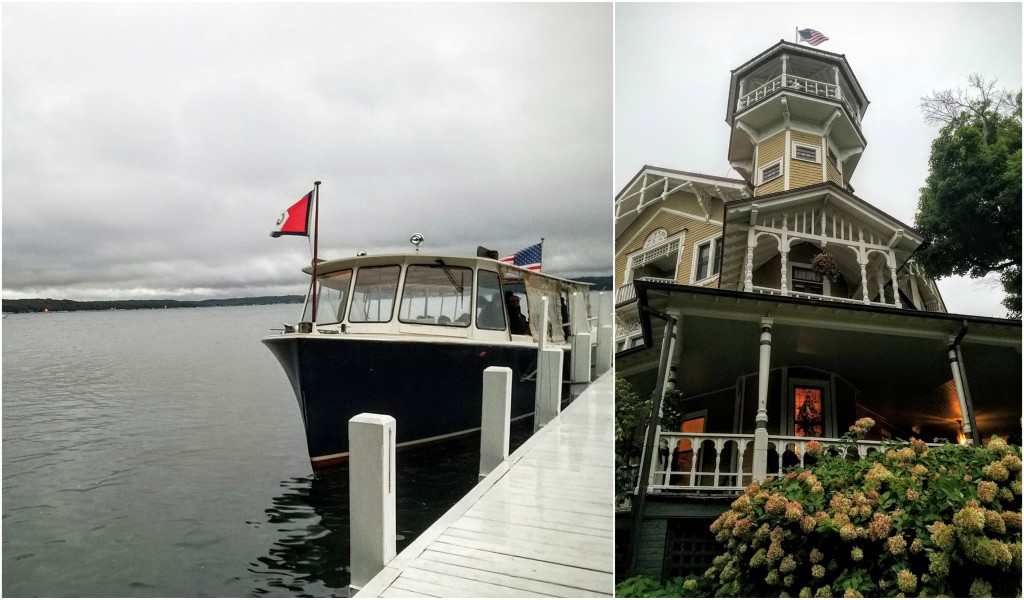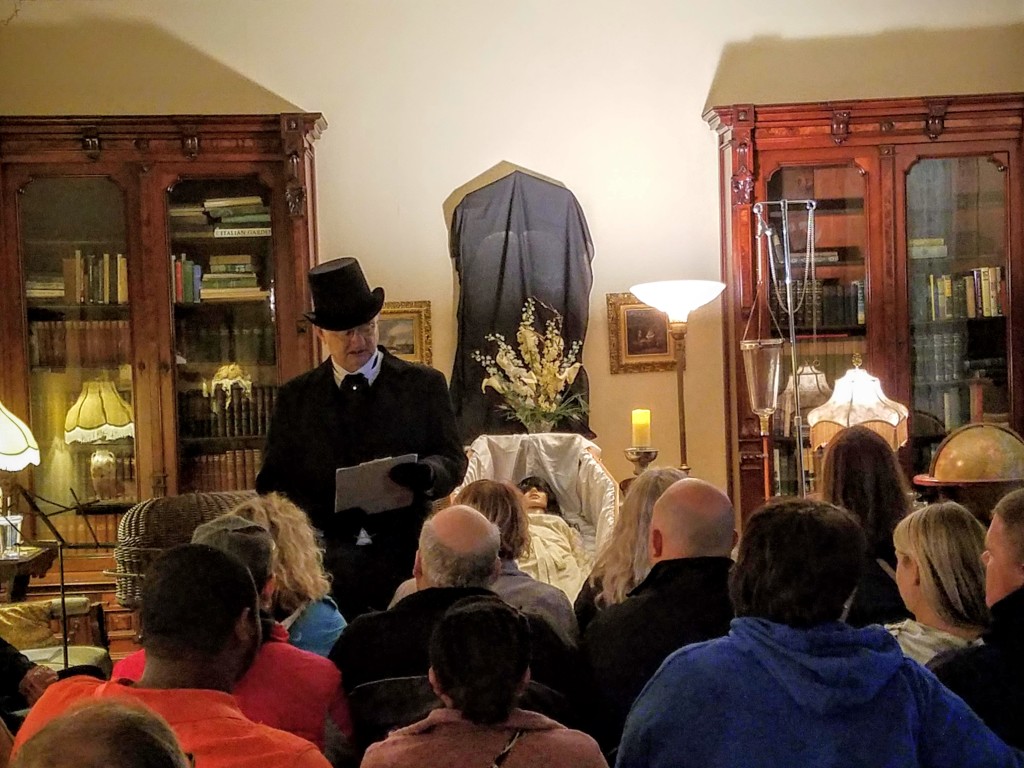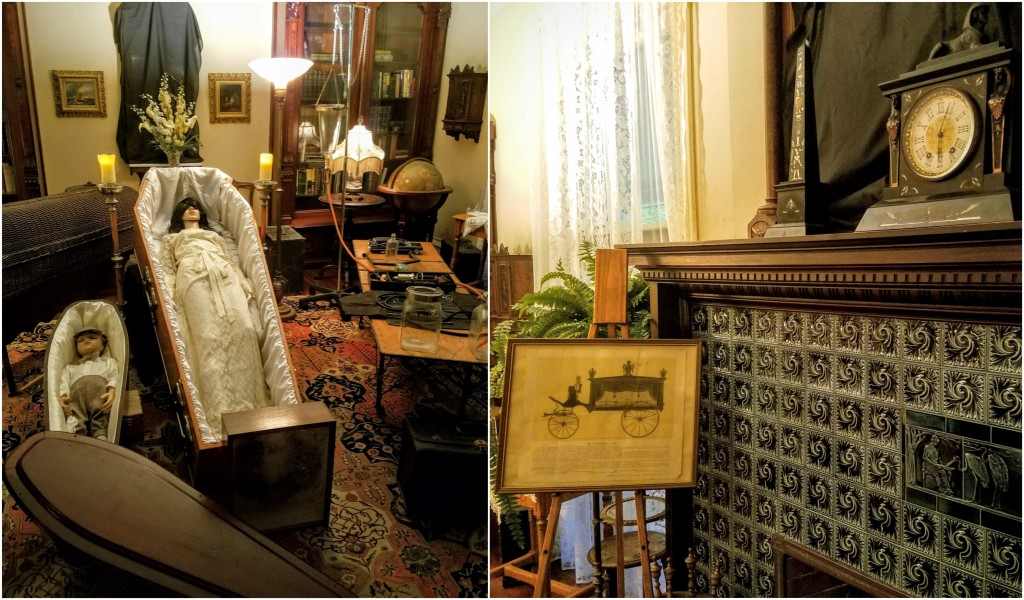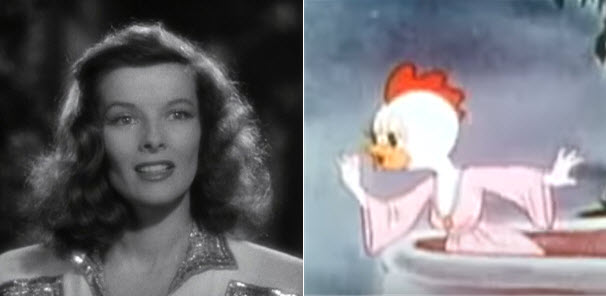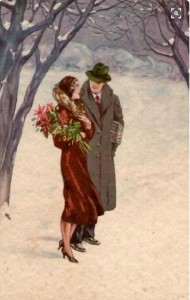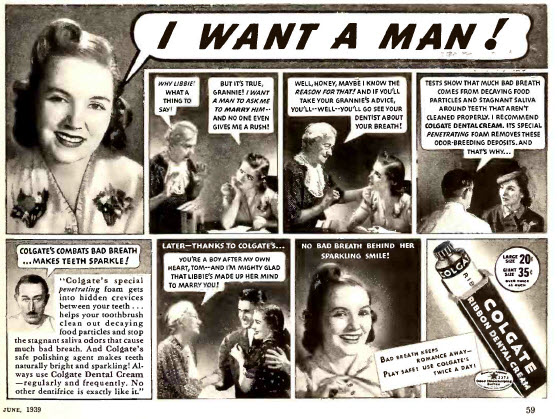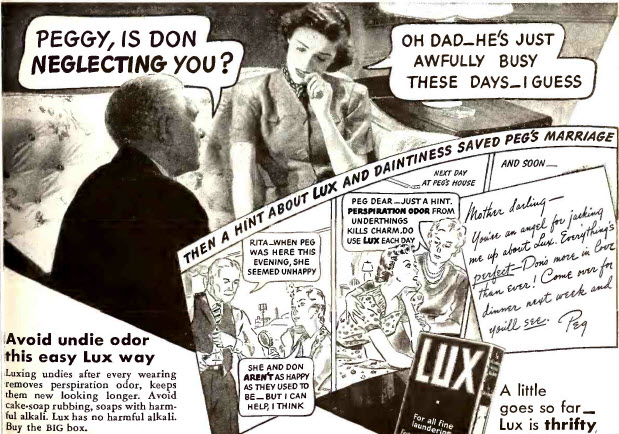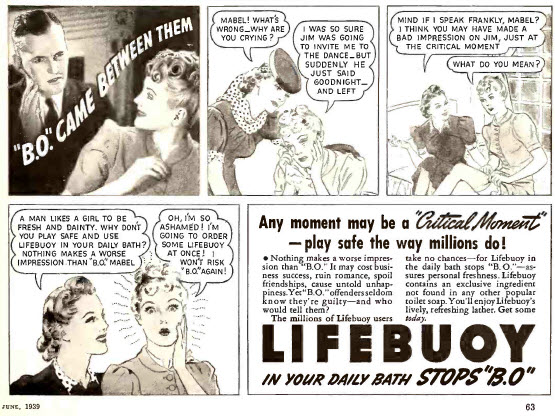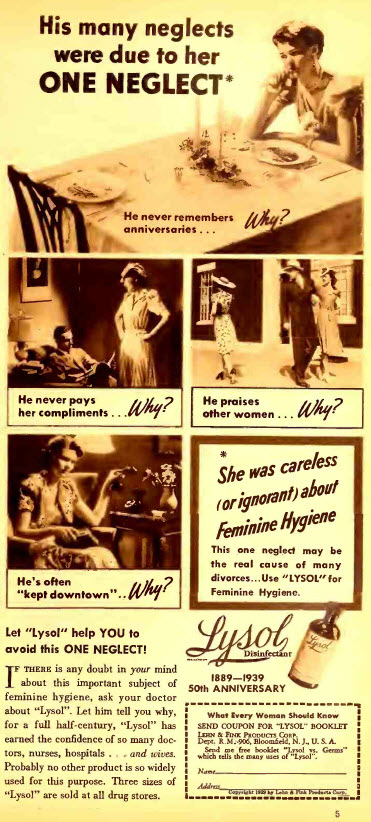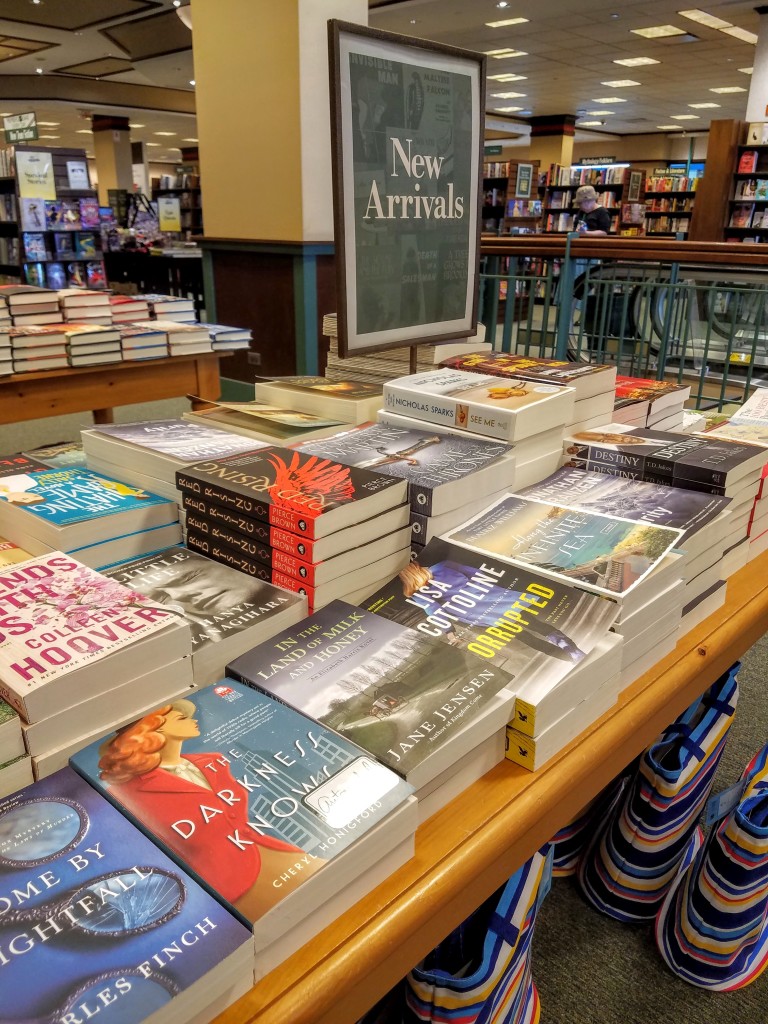Welcome to what may become a semi-regular feature here. Often I find myself getting hung up on a tiny historical detail that pops up while I’m writing. I go to Google thinking I’ll find a quick answer… then 2 hours later I’ll look up and realize a huge chunk of time has been lost researching something I didn’t really need to research in the first place. The problem then is that I find myself with all of this interesting knowledge that doesn’t really fit in any of my books, and I just have to share it with somebody. So that’s you, lucky reader! For example, I found myself with a burning desire to know about marriage laws and the logistics of how an amorous couple from Chicago would go about eloping in 1939. (This relates to two sentences in book 3, by the way, and it’s taken hours of research to find the answer I was looking for. And no, I don’t think sharing that tidbit with you is a spoiler – in case you’re worried.)
If any of you read Regency romances you’re probably familiar with the oft-used trope of a couple running off to Gretna Green, Scotland to elope. (For those of you not familiar, Scotland had very lax marriage laws in the late 18th to mid 19th centuries and Gretna Green was right over the border. So English couples could dash off and be married quickly – not like in England where there were stricter laws in place.) And I think we’ve all seen the old movies or TV shows where a couple hauls a justice of the peace out off bed in the middle of the night to marry them… I don’t know about you, but I’ve always wondered if that actually happened. (Amazingly, it could have.)
Apparently, Kenosha, WI (very near where I currently live) was the Gretna Green for Chicago in the late 19th century or at least in 1894, according to this newspaper article below. Then Wisconsin added a residency requirement for a marriage certificate. Good-bye, quickie Wisconsin weddings.
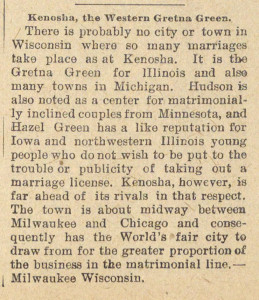
Waukegan, IL seemed to be lobbying to become the Gretna Green for Chicago residents after this. No offense, Waukeganites, but I can’t imagine anyone wanting to honeymoon there like this article asserts. But things were different in 1899, I suppose.
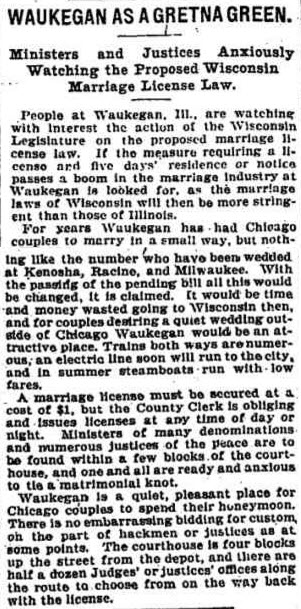
During Prohibition many states passed “gin marriage” laws to install a waiting period after obtaining the marriage license before the ceremony itself could go ahead – presumably so the participants had time to sober up and think about whether marriage was really the best idea. A “hygienic marriage law” was also passed in many states, including Illinois in 1937, meaning that couples needed to prove they didn’t have venereal disease (syphilis, in particular) to obtain a marriage license. No surprise that applications for marriage licenses plummeted in Cook County shortly thereafter. That’s because couples were flocking the roughly 40 miles east to Crown Point, IN* to elope since Indiana was one of the few neighboring states that still had very relaxed marriage laws (The only law in force there at the time was that you could not be a minor and obtain a marriage license. I guess everything else was fair game?)
The verdict? After all of this research, I found that the answer to my original question was, sadly, no. A couple from Chicago would not likely have run off to a local Gretna Green to get married on the spur of the moment in 1939. It seems Crown Point had quite a booming business in elopements for most of the first part of the 20th century – until January 1938, that is, when Indiana stopped issuing marriage licenses to women who did not reside in the Indiana county in question. Indiana’s own hygienic marriage law soon went into effect shutting down the “marriage mills” for good. This article from January 1909 is an interesting read about the quickie marriage business there when it was still booming.

There were other places a Chicago couple in love could have gone to get hitched quickly in 1939 – Missouri, for example, but that was quite a drive over bumpy and unreliable roads. Might as well get your blood test and go through the waiting period and not have to travel across the entire state suffering potholes, am I right?
Ah, romance.
P.S. After I did all of this research I came upon this Post-Tribune article from June of this year that uses almost exactly the same source info. Good thing I didn’t find it first. That would have ruined all my fun. 🙂
*Incidentally, Crown Point, IN is the home of the “escape proof” Lake County Jail that John Dillinger broke out of in 1934 using a hand-carved wooden gun blackened with shoe polish. But to go into that would be a rabbit hole within a rabbit hole, wouldn’t it… ?

